
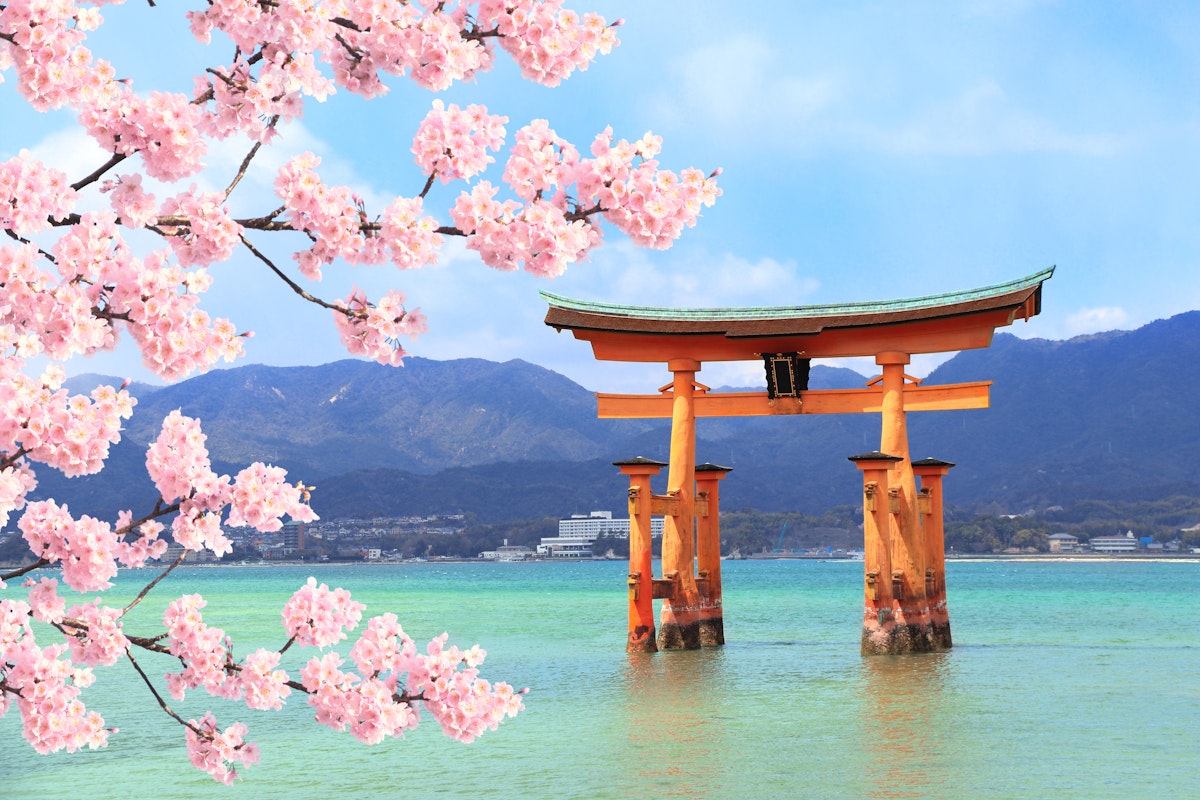
미야지마 섬은 상징적인 이츠쿠시마 신사와 숨이 막히는 미센 산 하이킹으로 유명한 곳으로, 여행자에게 잊지 못할 경험을 선사합니다. 종종 '신사 섬'이라고 불리는 이 목적지는 자연의 아름다움과 문화적 의미가 독특하게 조화를 이루고 있습니다.
히로시마에서 짧은 여행거리에 위치한히로시마미야지마 섬은 유네스코 세계문화유산으로, 탐험, 역사 및 멋진 경치로 가득한 하루를 약속합니다. 고대 사원이나 유명한 떠 있는 도리이 문, 경치 좋은 하이킹 코스에 매료되든 미야지마는 모두에게 무언가를 제공합니다.
히로시마에서 미야지마로 가는 것은 쉽고 편리합니다. 히로시마 역에서 JR 산요선을 타고 미야지마구치 역으로 가세요.
일본 철도 패스가 이 여행을 포함하므로 여행자에게 경제적인 옵션입니다. 미야지마구치 역에서 미야지마 페리 터미널까지는 짧은 도보 거리입니다.JR 페리 또는 개인 페리를 타고 미야지마 부두에 도착할 수 있습니다. 세토 내해를 가로지르는 페리 승선은 그림 같은 풍경을 제공합니다. 소요 시간은 약 10분이며, 미야지마 섬의 중심으로 안내합니다.
미야지마 섬은 어디에 있습니까
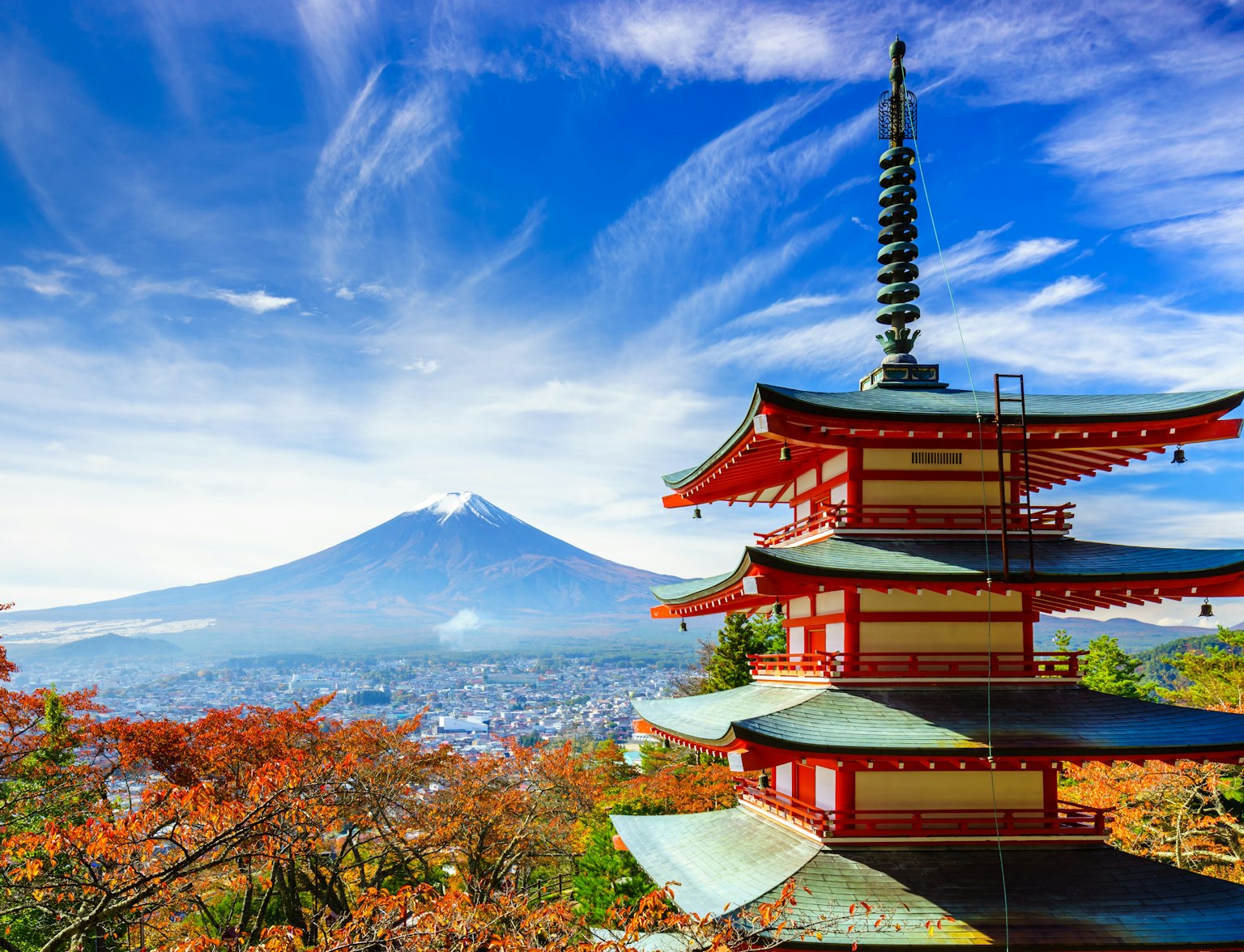
무제한으로 일본을 발견하세요! 저희 모든 접근 가능한 JR 패스를 이용해보세요!
이 섬은 고대부터 신성한 장소로 여겨져 왔으며, 아름다운 자연 경관과 영적인 중요성으로 숭배받아 왔습니다. 가장 잘 알려진 랜드마크인 이츠쿠시마 신사는 12세기로 거슬러 올라가며, 만조 시 물 위에 떠 있는 착시 효과로 유명한 장엄한 도리이 문이 있습니다.
풍부한 역사와 작은 마을인
미야지마는 방문객에게 전통 일본 문화와 종교 관습을 엿볼 수 있는 기회를 제공합니다.이츠쿠시마 신사와 미센 산에서 할 일
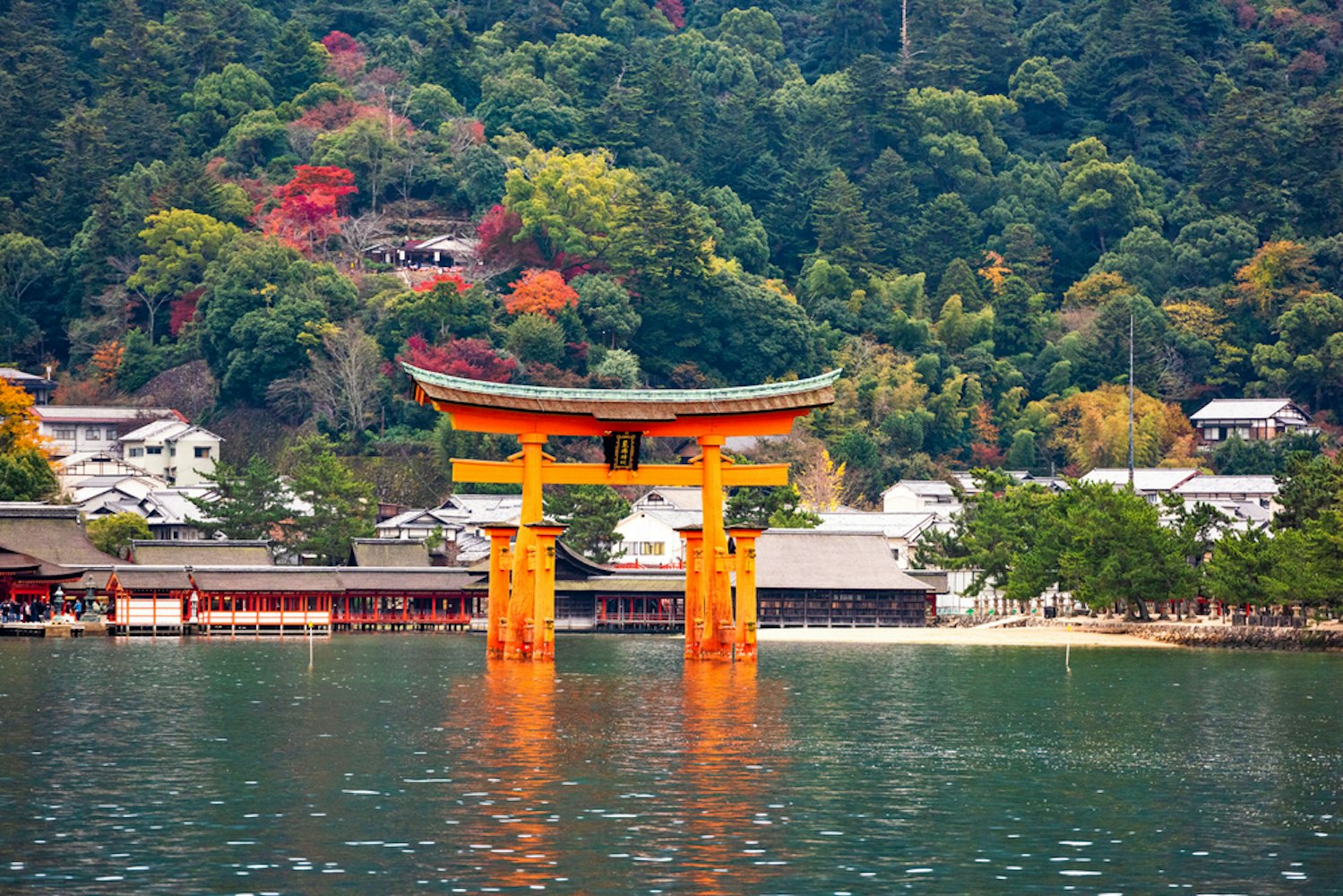
이츠쿠시마 신사를 탐험하세요. 이츠쿠시마 신사는 독특한 '떠 있는' 도리이 문으로 유명합니다. 이츠쿠시마 신사는 만조 시 물 위에 떠 있는 것처럼 보이는 매혹적이고 상징적인 장면을 연출합니다.593년에 세워지고 1168년에 타이라 노 기요모리에 의해 확장된 이 신사 복합체는 기도당, 본당, 그리고 노 극장 무대 등 여러 구조물로 구성되어 있으며, 모두 바다 위에 높이 세워진 보드워크로 연결되어 있습니다. 이 신사와 그 도리이 문은 유네스코 세계문화유산으로 인정받아 역사적, 문화적 중요성을 반영합니다.
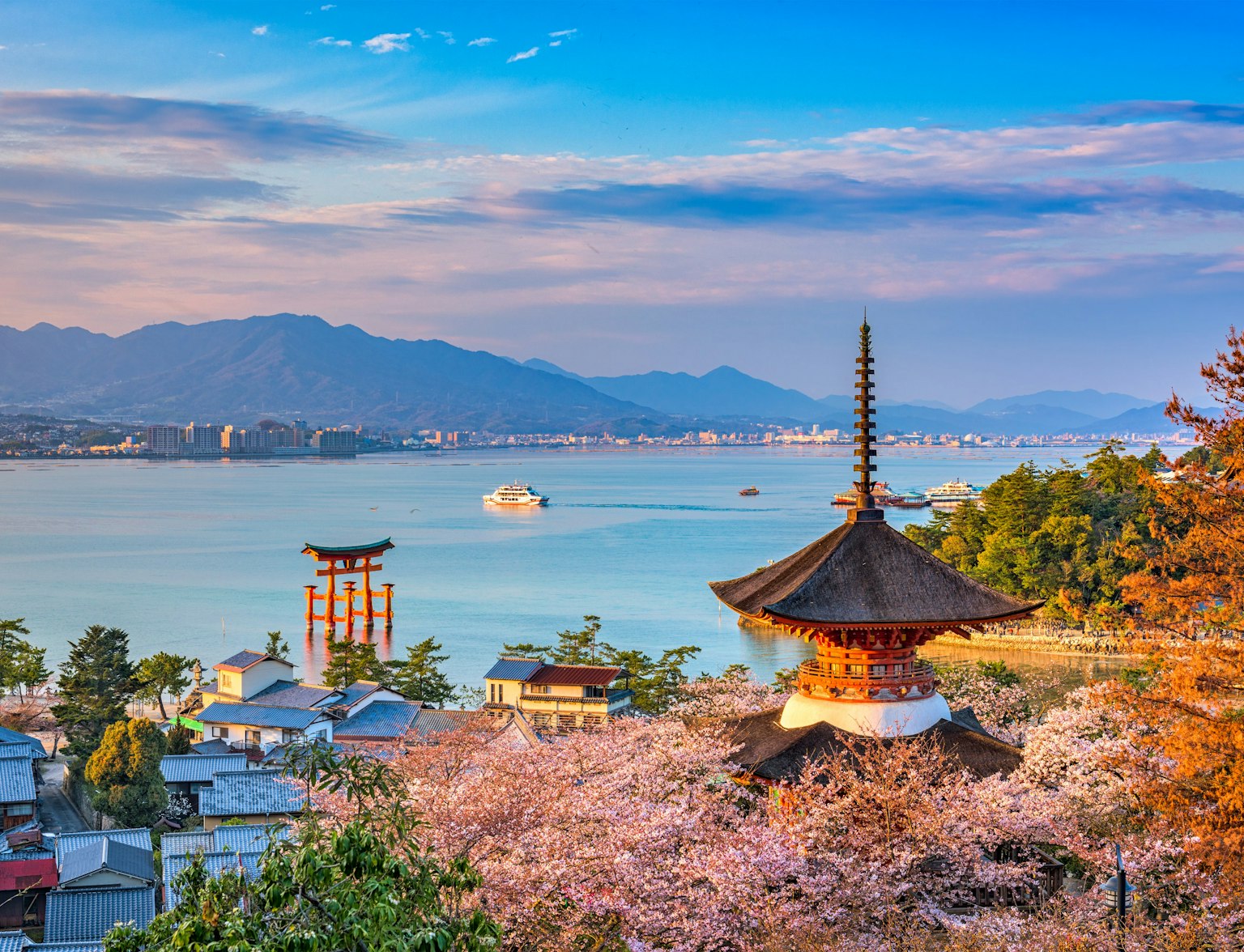
이 투어로 미야지마 섬의 신비를 밝혀보세요.
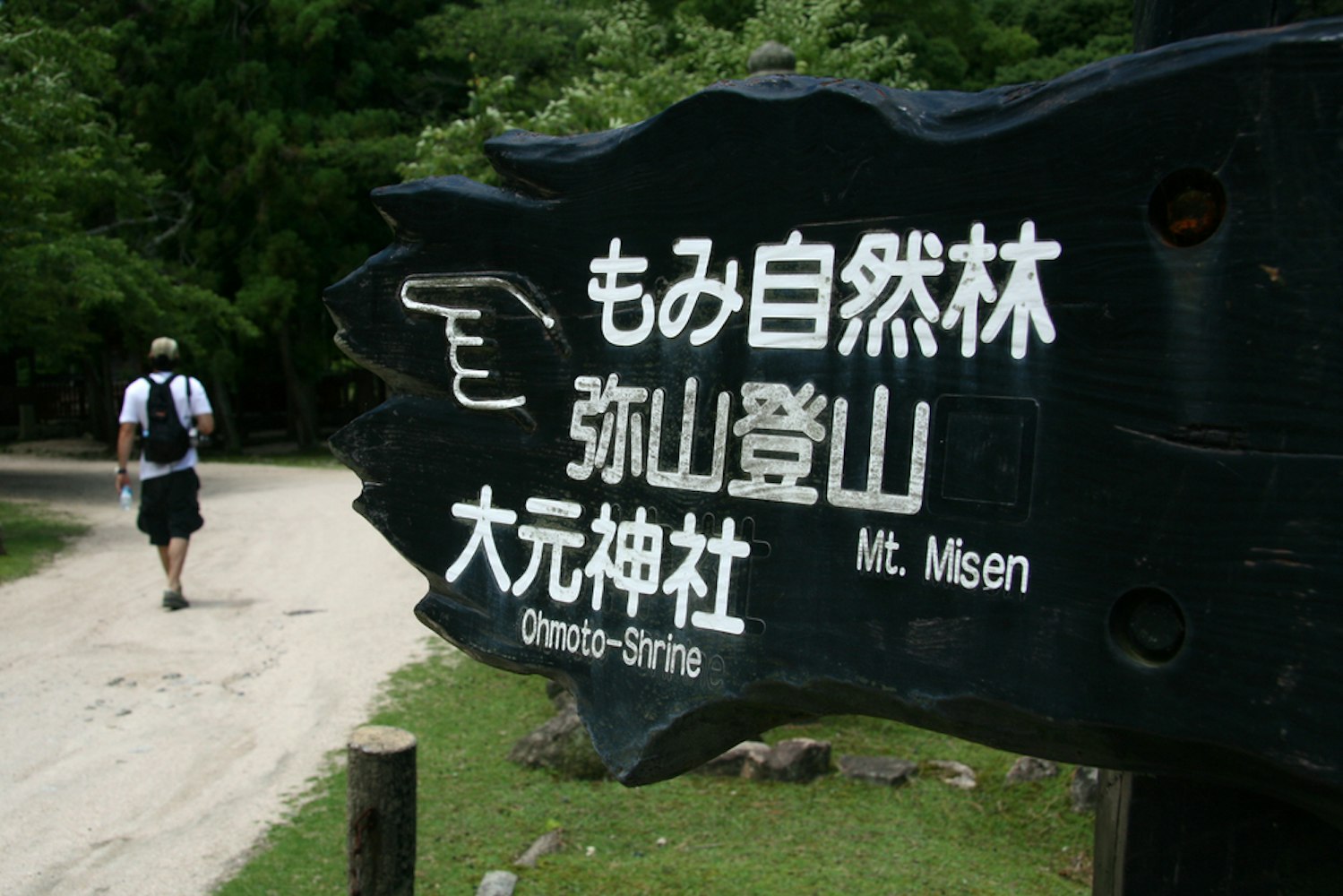
미센 산은 각각 독특한 경험과 도전을 제공하는 세 개의 주요 하이킹 코스가 있습니다. 모미지다니 코스는 가장 짧지만 가장 가파른 경로로, 2.5킬로미터 길이이며 달빛 수풀을 지나 주로 깊은 숲속으로 이어집니다.이 경로는 단풍나무가 아름답게 자생하는 모미지다니 공원에서 시작됩니다. 가을에는 매우 화려한 색조의 단풍을 제공합니다. 다이쇼인 코스는 경치 좋은 전망과 적정 난이도로 인기가 높습니다. 역사적인 다이쇼인 절에서 시작하여 미센 처녀 숲을 통해 2.3킬로미터를 올라갑니다. 마지막으로, 오모토 코스는 2.9킬로미터로 가장 길며 다양한 지형과 오모토 공원의 '바위의 바다'와 같은 여러 명소를 포함하고 있습니다.
미야지마 로프웨이 타기
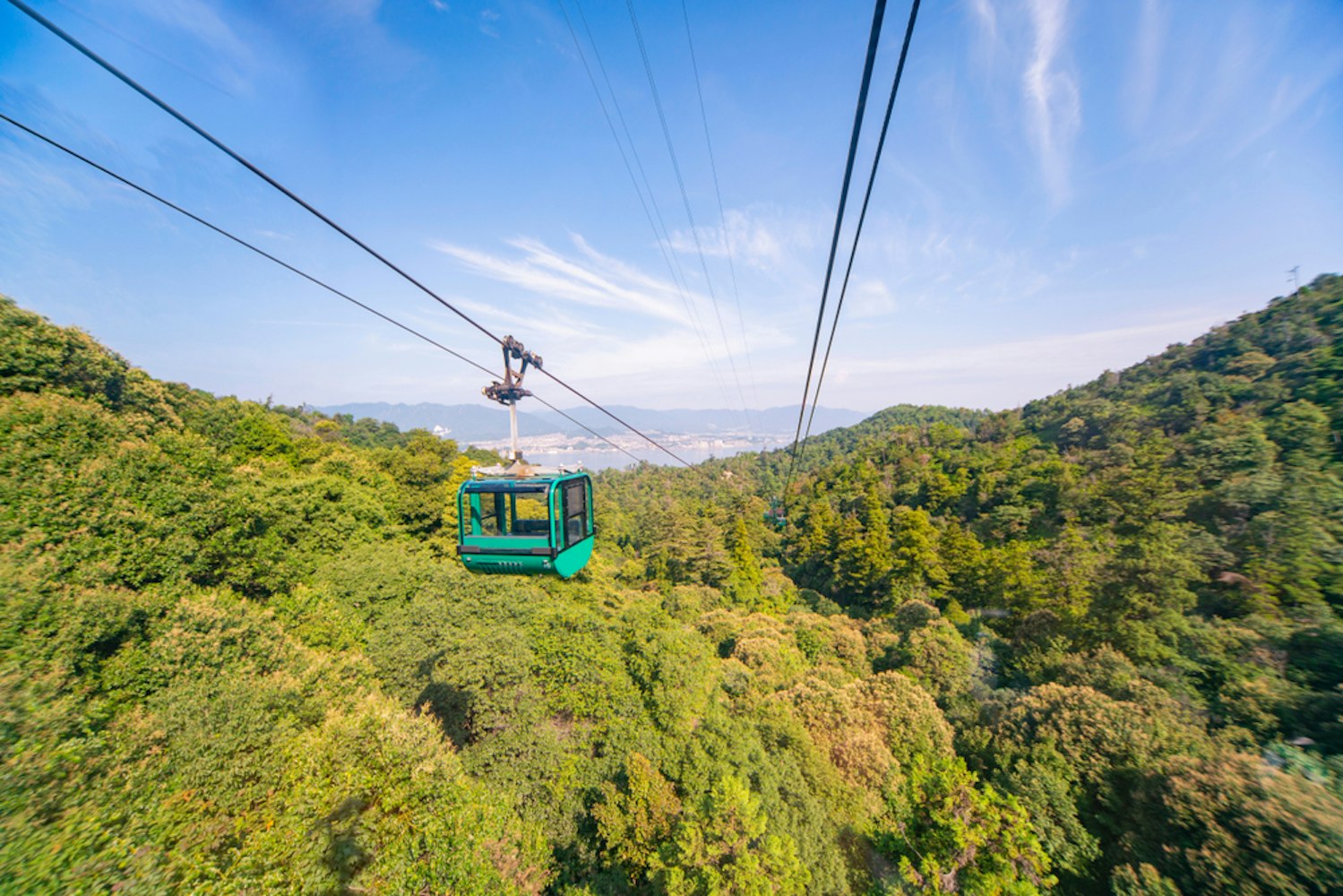
시시이와 전망대로 가세요. 세토 내해와 주변 섬들의 멋진 파노라마 전망을 제공합니다. 로프웨이의 여행은 모험이며, 울창한 숲 위를 지나며 섬의 자연미를 엿볼 수 있는 기회를 줍니다.미센 산 정상 근처 전망대에 도착하면 히로시마 만과 히로시마 인근의 동적 해상 경로를 향한 장엄한 전망을 즐길 수 있는 넓은 전망대가 있습니다. 이곳은 이 지역의 경치 좋은 아름다움을 포착하는 데 적합하며, 미센 산 정상으로 더 올라가고 싶은 사람들에게는 시작점으로도 좋습니다.다이쇼인 절 탐험하기
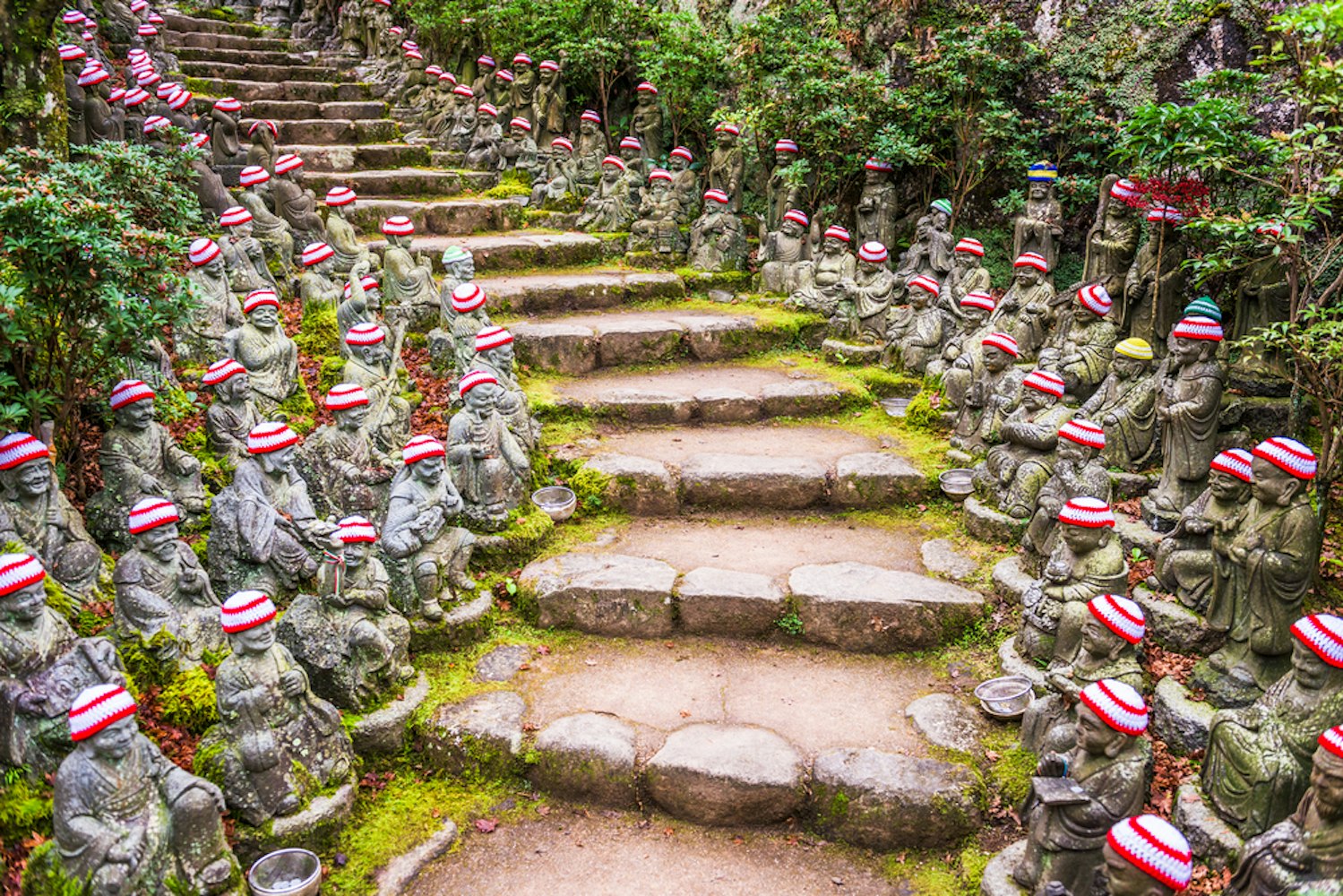
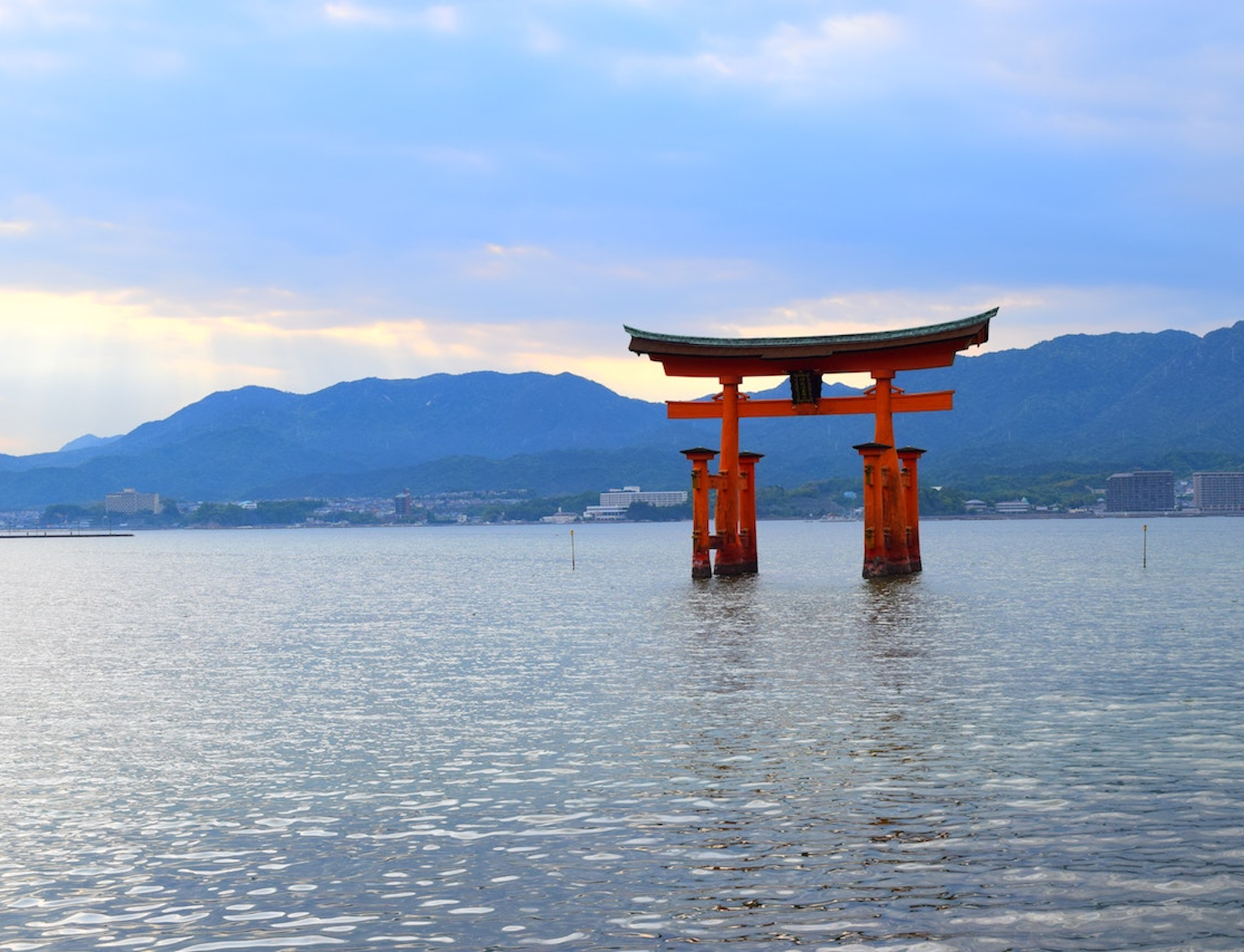
이 사원의 평화로운 분위기에 감사하세요.
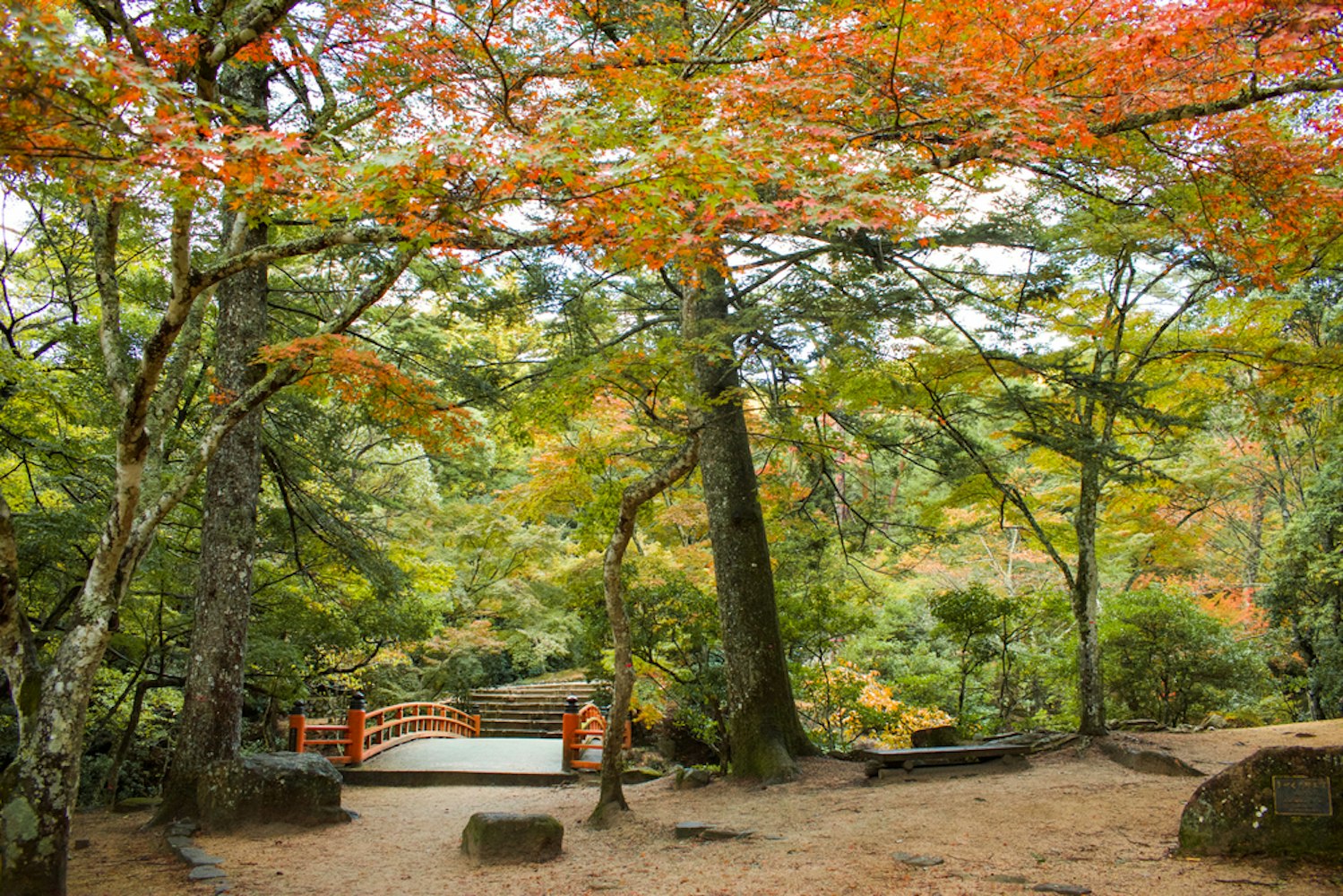
미야지마 섬은 요리 천국으로 특히 신선한 해산물로 유명합니다. 굴은 지역 특산품으로 생으로, 구워서, 튀겨서 등 다양한 방법으로 준비됩니다. 많은 방문객들이 가키 후쿠마루와 같은 작은 식당에서 찾을 수 있는 마늘버터구이 굴에 대해 입을 모아 칭찬합니다.
이 굴은 풍부하고 짭짤한 맛으로 해산물 애호가들에게 반드시 맛봐야 할 음식입니다. 동등하게 유명한 것은 장어로, 일반적으로 밥 위에 올려서 아나고 메시라는 요리로 제공됩니다.
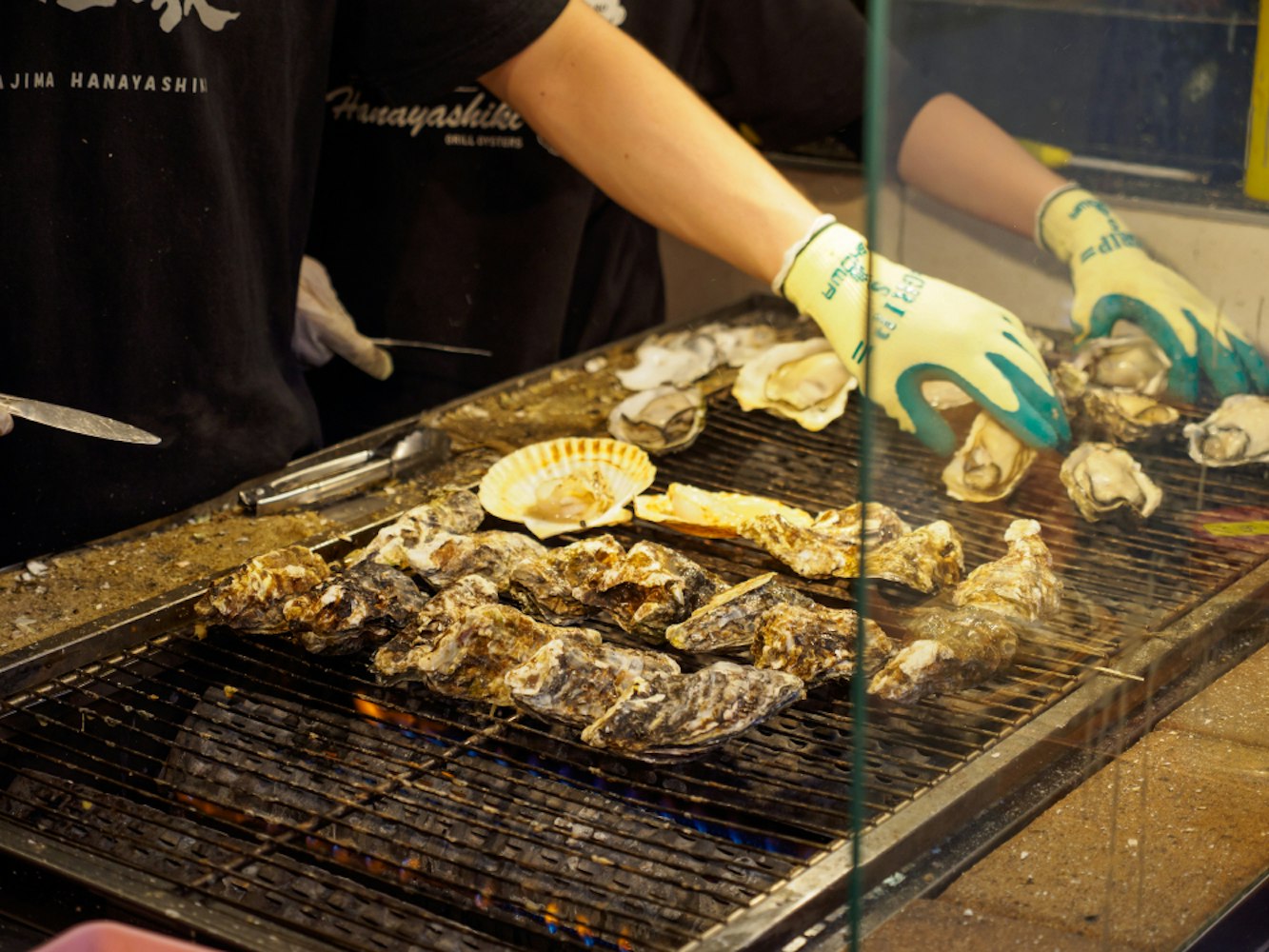
히로시마 성은 종종 카프 성으로 불리며, 일본의 봉건 시대에 관한 통찰력 있는 모습을 제공하는 중요한 역사적 랜드마크입니다. 히로시마 역에서 도보로 이동할 수 있는 거리에 위치하며, 원래 16세기 구조물의 복제로, 1945년 원자폭탄 투하로 파괴되었습니다.
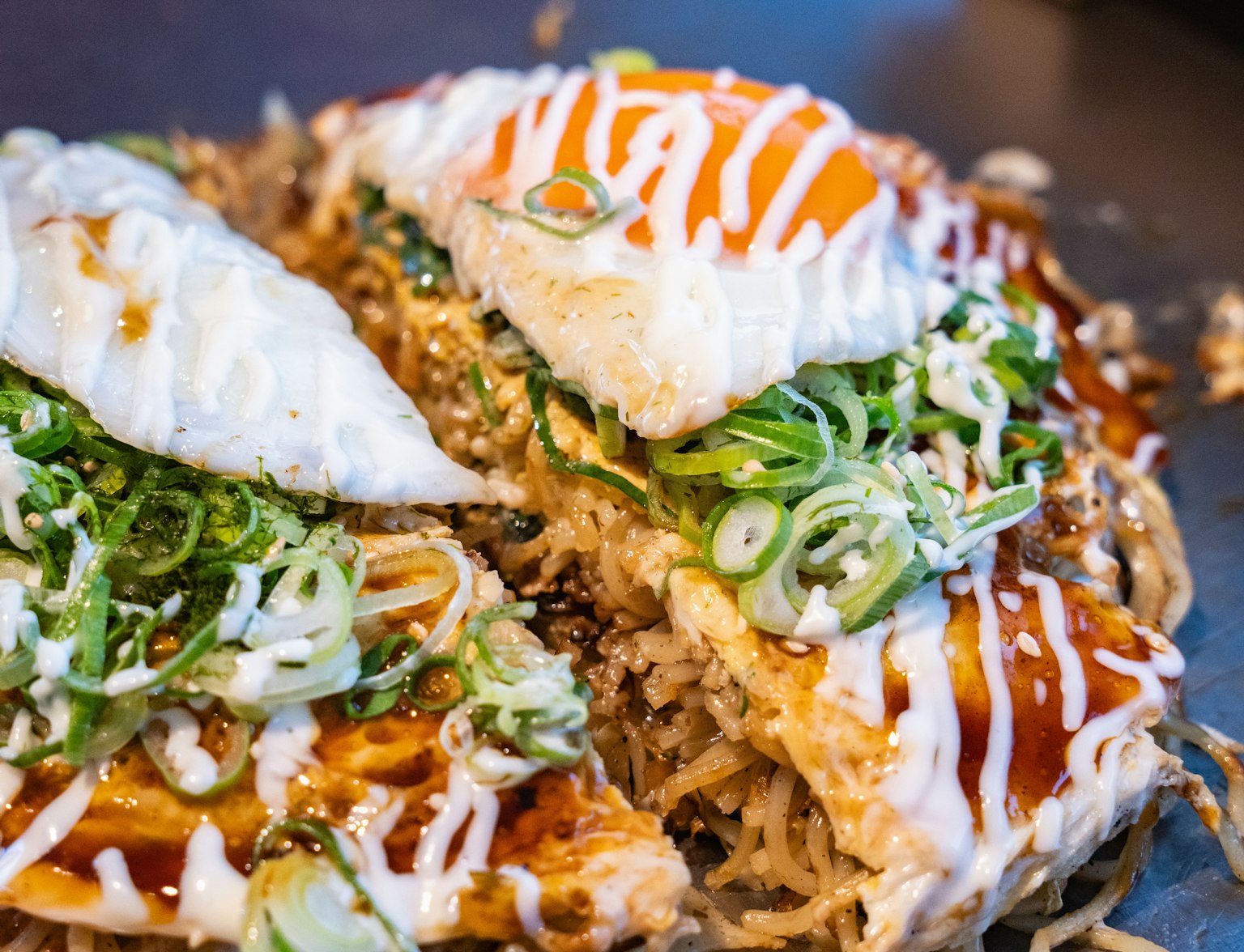
세 개의 인기 이자카야에서 오코노미야키와 굴 같은 지역 특산품을 맛보세요.
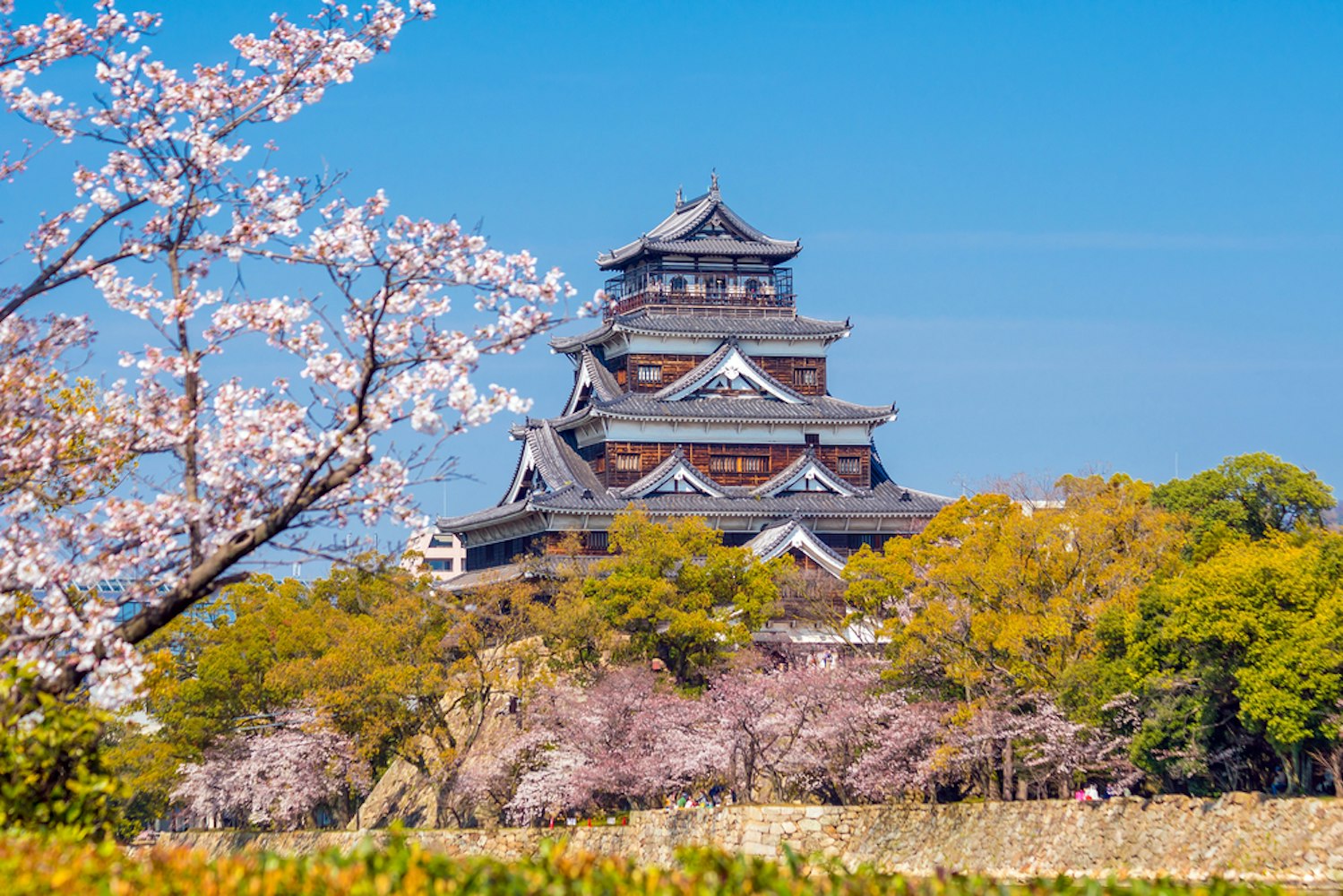
미야지마 섬 방문은 기념품과 지역 진미를 위한 주요 도로인 오모테산도 쇼핑 거리 탐방으로 완성됩니다. 여기에서는 미야지마 슈카오시(나무밥품)와 미야지마 보리(목각)와 같은 다양한 전통 공예품을 찾을 수 있으며, 매력적이고 문화적으로 의미 있는 기념품이 됩니다.이 거리는 단풍잎 모양의 단맛 팥소 또는 다른 맛이 들어간 모미지 만주로도 유명하며, 여러 가게에서 판매됩니다.미야지마 섬 방문 전에 알아두어야 할 점들
여행 계획하기
: 하루를 최대한 활용하기 위해 일찍 시작하세요.
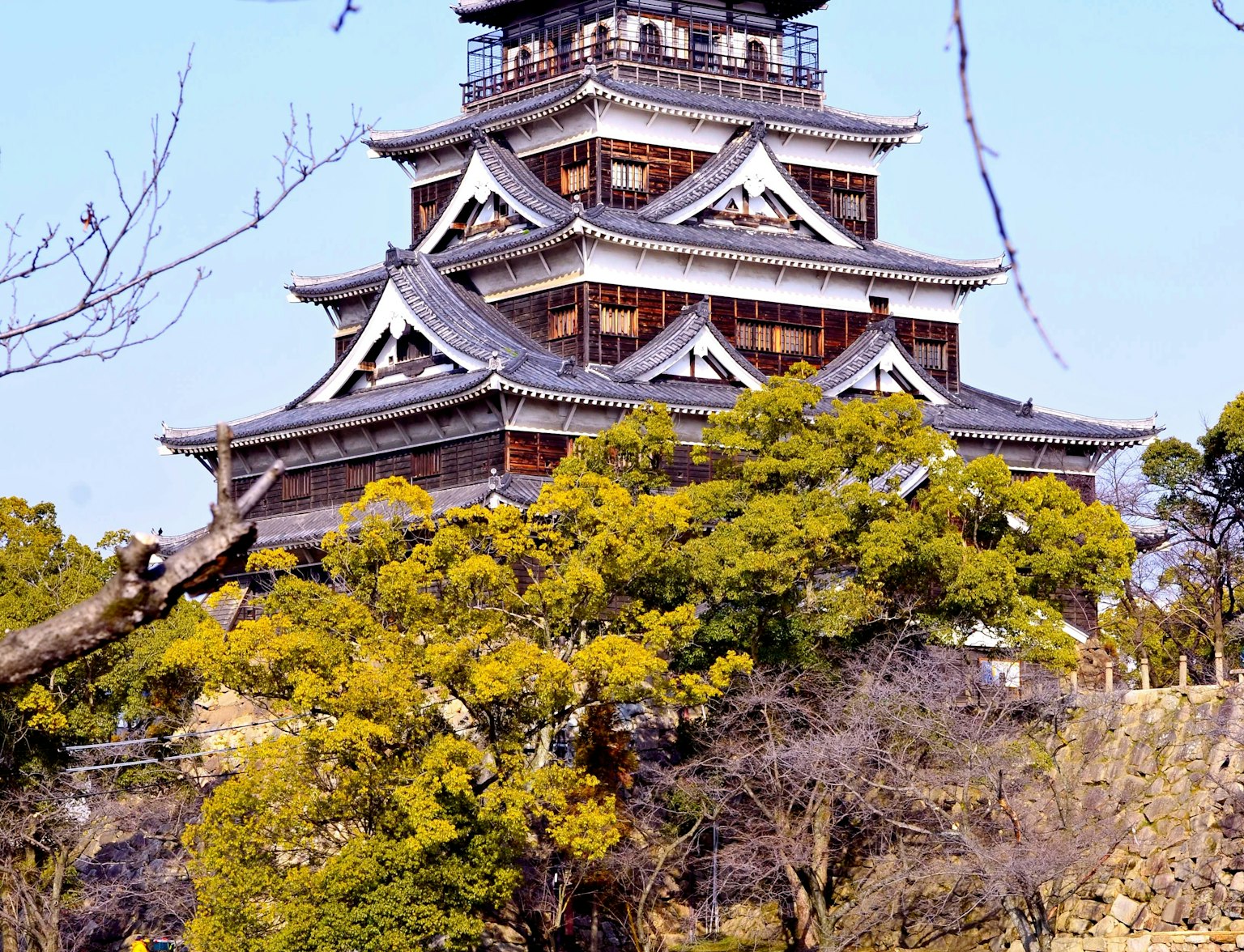
히로시마 성에서 시간 여행을 떠나세요.
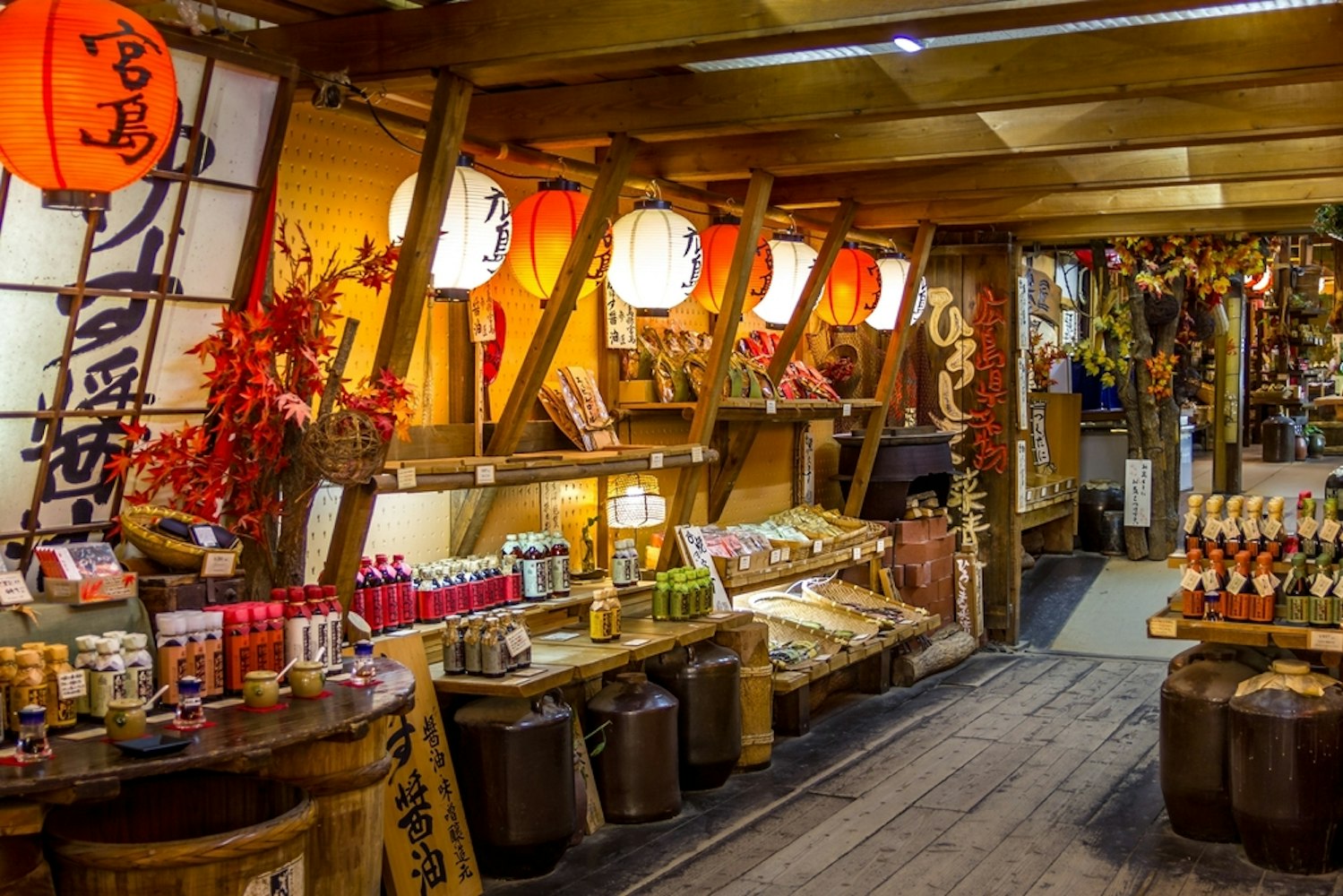
: 도리이 문을 가장 잘 보려면 만조 시 방문하세요.편안한 신발 착용하기: 하이킹 코스와 섬을 탐색하기 위해 필수입니다.
물과 간식 준비하기
일본 철도 패스 이용하기: 히로시마에서 미야지마로 가는 교통비를 절약하세요.
히로시마 평화 기념 공원 방문하기: 이 역사적 장소를 방문과 결합하세요.
혼잡함에 대비하기: 미야지마는 특히 성수기에는 인기 있는 목적지입니다.
발견과 고요의 하루미야지마 섬으로의 당일 여행은 자연의 경이로움과
문화 유산의 뛰어난 조화를 제공합니다. 장엄한 이츠쿠시마 신사와 그 상징적인 떠 있는 도리이에서 미센 산 하이킹의 짜릿함까지 섬에서의 모든 순간은 발견입니다.
고대 사원을 감상하거나 시시이와 전망대에서 파노라마 전망을 즐기거나 세토 내해의 고요한 아름다움을 단순히 즐기더라도, 미야지마는 기억에 남는 모험을 약속합니다. JR 산요선과 다양한 페리 서비스 등 대중교통으로 히로시마와 쉽게 연결돼 있어, 미야지마 방문은 고요함과 탐험을 추구하는 여행자들에게 원활하고 풍요로운 경험이 됩니다.: Combine your visit with a trip to this historic site.
Be Prepared for Crowds: Miyajima is a popular destination, especially during peak seasons.
A day trip to Miyajima Island offers an extraordinary blend of natural wonders and cultural heritage. From the majestic Itsukushima Shrine and its iconic floating torii gate to the exhilarating hike up Mount Misen, every moment on the island is a discovery.
Whether you're marveling at ancient temples, soaking in panoramic views from Shishiiwa Observatory, or simply enjoying the serene beauty of the Seto Inland Sea, Miyajima promises a memorable adventure. With easy access from Hiroshima via public transport, including the JR Sanyo Line and various ferry services, visiting Miyajima is a seamless and enriching experience for travelers seeking tranquility and exploration.

교토에서 히로시마의 역사적 장소로 가는 잊지 못할 당일치기 여행에 동참하세요.



